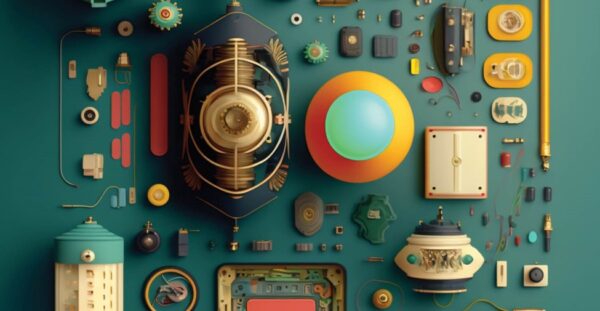Contributors: Aaron Smith and Kate Sweater Hickcox
Learn more about them and their work at the end of the article.
Start Small, Think Circular, Get Going
Improving sustainability in lighting design requires making small changes, applying them consistently, and designing products with the end in mind. This is called Design for Disassembly (DfD) and in this article we’ll outline five ways you can use DfD to build sustainability right into your products.
We’re at a critical junction in the buildings sector. According to the United Nations, the buildings and construction sector is not on track to achieve decarbonization by 2050. The 2022 Global Status Report for Building and Construction estimates 2.5 trillion sq. ft. of new construction by 2060, which will increase the demand for luminaires and lighting systems. The product design decisions we make now as an industry will have an impact on the sustainability of our buildings for generations to come.
DfD could be the ticket to put us back on track to meet our goals.
How Lighting Practitioners Can Incorporate DfD and Sustainability
Cutting emissions across the board will take a collective effort. Fortunately, the lighting industry has many tools in its toolbox to slash both operational and embodied carbon emissions. Any lighting practitioner can bolster the circular economy by preferring lighting systems that incorporate DfD thinking.
Lighting specifiers can incorporate DfD and circularity principles into design plans and can inspire clients to do the same.
Using the tools in this article, and in the full paper by Hickcox and Smith, lighting practitioners can start small, think circular (economy), and get going.
5 Strategies for Achieving Circular Economy Goals for Lighting Practitioners: Best Practices, Recommendations and Rules
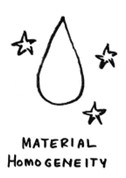
1 – Material Homogeneity
- Use adhesives only if they are compatible with the parts which are to be joined.
- Use only water-soluble adhesives.
- Use joints, snap fits, or screws rather than welding, brazing, soldering or glue.
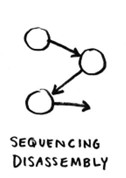
2 – Sequencing Disassembly
- Provide identification for separation points.
- Place components in logical groups, for example according to recycling group.
- Provide standard and permanent identification of material types on the product.
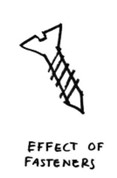
3 – Effect of Fasteners
- Reduce the number of fasteners and connectors.
- Use easy to remove (i.e., accessible, easy to identify or common) fasteners.
- Use fasteners of the same or compatible material for connecting components.
- Part standardization such as use of same size screw throughout the product.
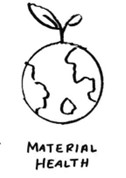
4 – Material Health
- Minimize the number and length of wires and cables used.
- Avoid use of environmentally hazardous material.
- Choose molded-in colors and finishes in lieu of using paints, coatings, and plating.
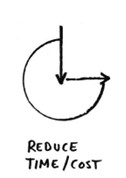
5 – Reduce Time/Cost
- Locate snap fits so that they can be opened using standard tools
- Use joining elements that are easily separable or easy to remove or break free.
- Use two-way snap fits or break points on snap fits.
- Use techniques that minimize the number and variety of materials used.
- Design fastening points so they are easy to access.
Table Credit: Table 1 from Hickcox, Smith 2022 Strategies for achieving circular economy goals in the lighting industry through design for disassembly- based methodologies
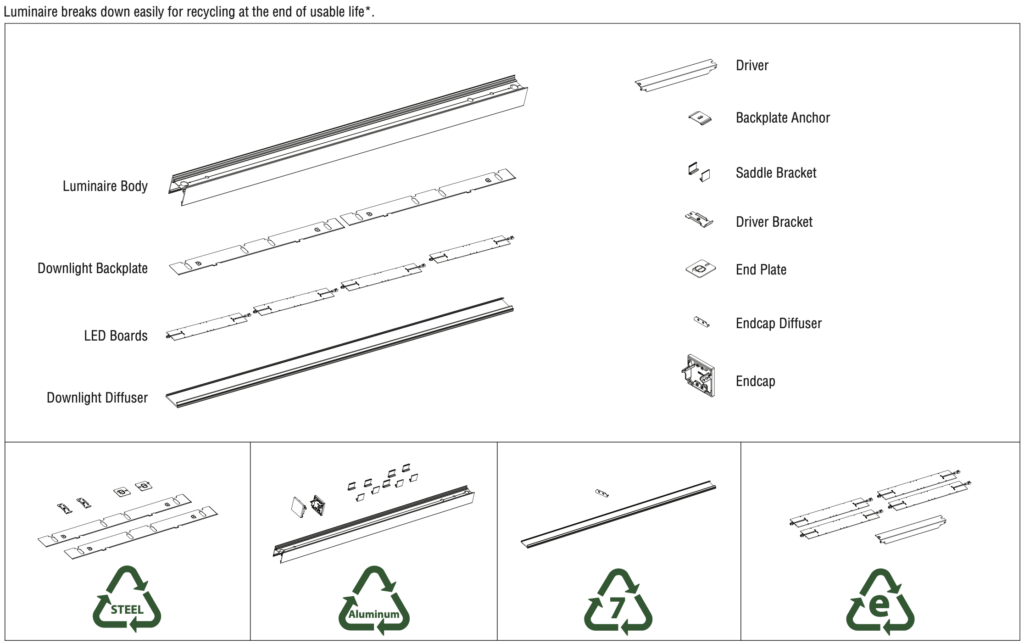
Related articles:
Making Healthier Specification Decisions Starts with Material Transparency
The Luminaire Life Cycle: A Lighting Planner’s Quest to Source Sustainable Luminaires
Lighting professionals should apply DfD strategies from the earliest stages of the project or product design process, in order to embed improved durability and flexibility, increase product lifetimes, serviceability and reusability. While disassembly activities are typically carried out during the Use Stage (maintenance, repair or replacing components) or during the End-of-Life (EoL) Stage (reuse, recycle or remanufacture), DfD methodologies must be implemented early on to allow for these benefits later. Integrated DfD strategies in the early design stages can improve the homogeneity of parts and components at the EoL which supports safe disposal of hazardous parts such as electronic waste (e-waste), and also improves both tangible recovery (when the components have monetary value) and non-tangible recovery (when there is no clear monetary value but there is an environmental value).
For more on this topic, read the recent publication ‘Strategies for achieving circular economy goals in the lighting industry through design for disassembly-based methodologies’ by KS Hickcox and A Smith which was published as part of the 8th International Light Symposium: Re-thinking Lighting Design in a Sustainable Future (Light Symposium 2022) in Copenhagen, Denmark.
About the Contributors

Aaron Smith | Vice President of Technology and R&D
Finelite, Inc
Aaron Smith is the VP of Technology and R&D at Finelite and an alumni of the Lighting Research Center. He supports the development of energy efficient, high quality, and sustainable lighting. He also supports Finelite’s new technology integration, new product development, and research efforts.
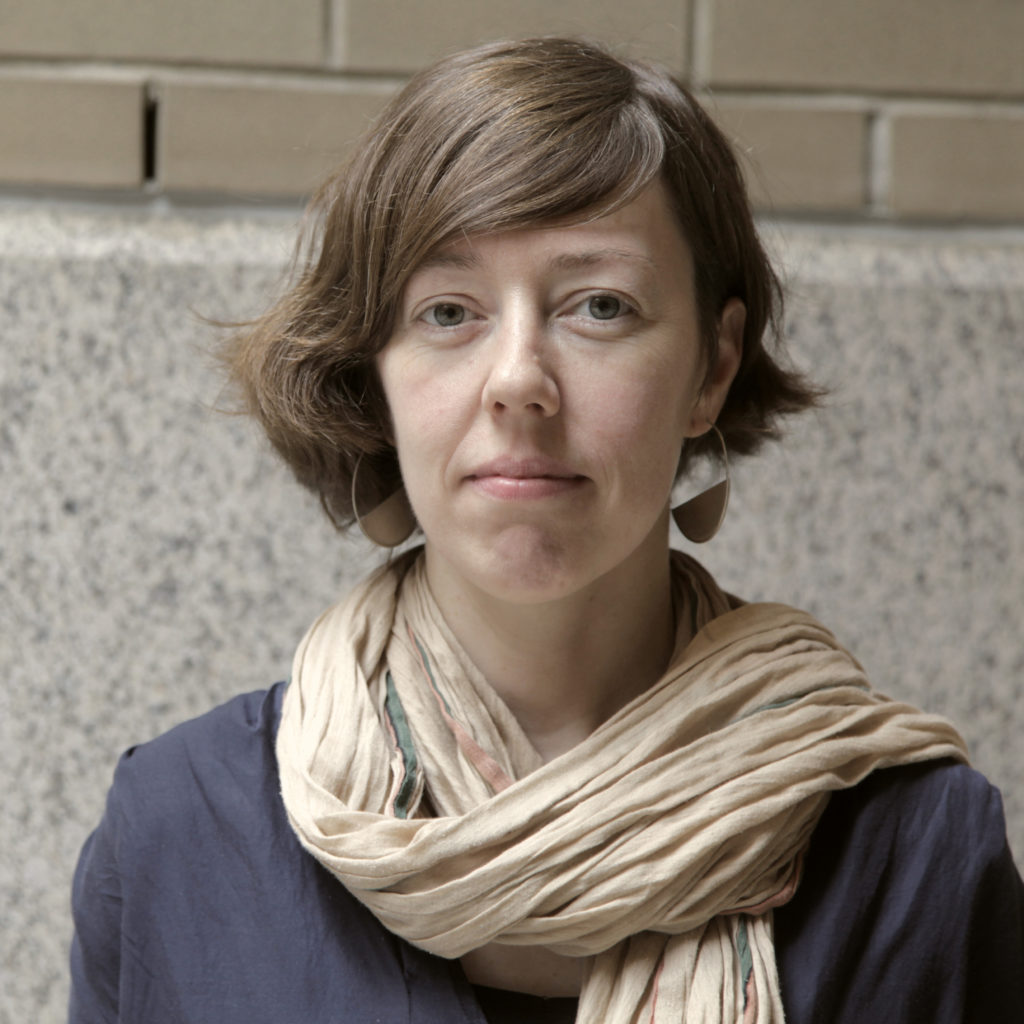
Kate Sweater Hickcox | Energy + Environment Research Scientist
PNNL
Kate Hickcox joined PNNL in 2020. She is a creative thinker with over 20 years of experience in lighting, research, and design. Kate’s work focuses on sustainability, which means considering the complex aesthetic, technical, visual, and non-visual needs of people while at the same time equitably benefiting the economy, society, and the environment. Kate’s unique background blends the artistic with the practical and allows for discovery of unique design solutions and innovative research-based strategies. Her work at PNNL includes supporting Energy Equity and Justice in Systems Technology work, leading decarbonization and circularity efforts for lighting and other mechanical and electrical systems, and work in outdoor nighttime lighting.
She has authored or co-authored many technical publications/reports and has presented at LightFair International, IALD, LEDucation, the CIE and the IES on topics including sustainability, life cycle assessment, subjective rating scales, designing for darkness, glare and brightness perception, lighting, and acoustics as well as lighting quality metrics.
Kate has been a guest critic and speaker at Rhode Island School of Design, Parsons/The New School, and Rensselaer Polytechnic Institute Architecture Department. She has taught at The New School, Parsons’ School of Constructed Environments and was also the Lighting Fellow for ‘Opening the Edge’, a project of the Design Trust for Public Space, in partnership with the New York City Housing Authority; proposed by Jane Greengold.
She is currently a member of the IES Standards Committee, member of the ASHRAE Building Decarbonization Whole Life Design Guide working group, Secretary of the IES Technical Committee: Discomfort Glare in Outdoor Nighttime Environments and a contributing member of the IES Sustainability Committee.

